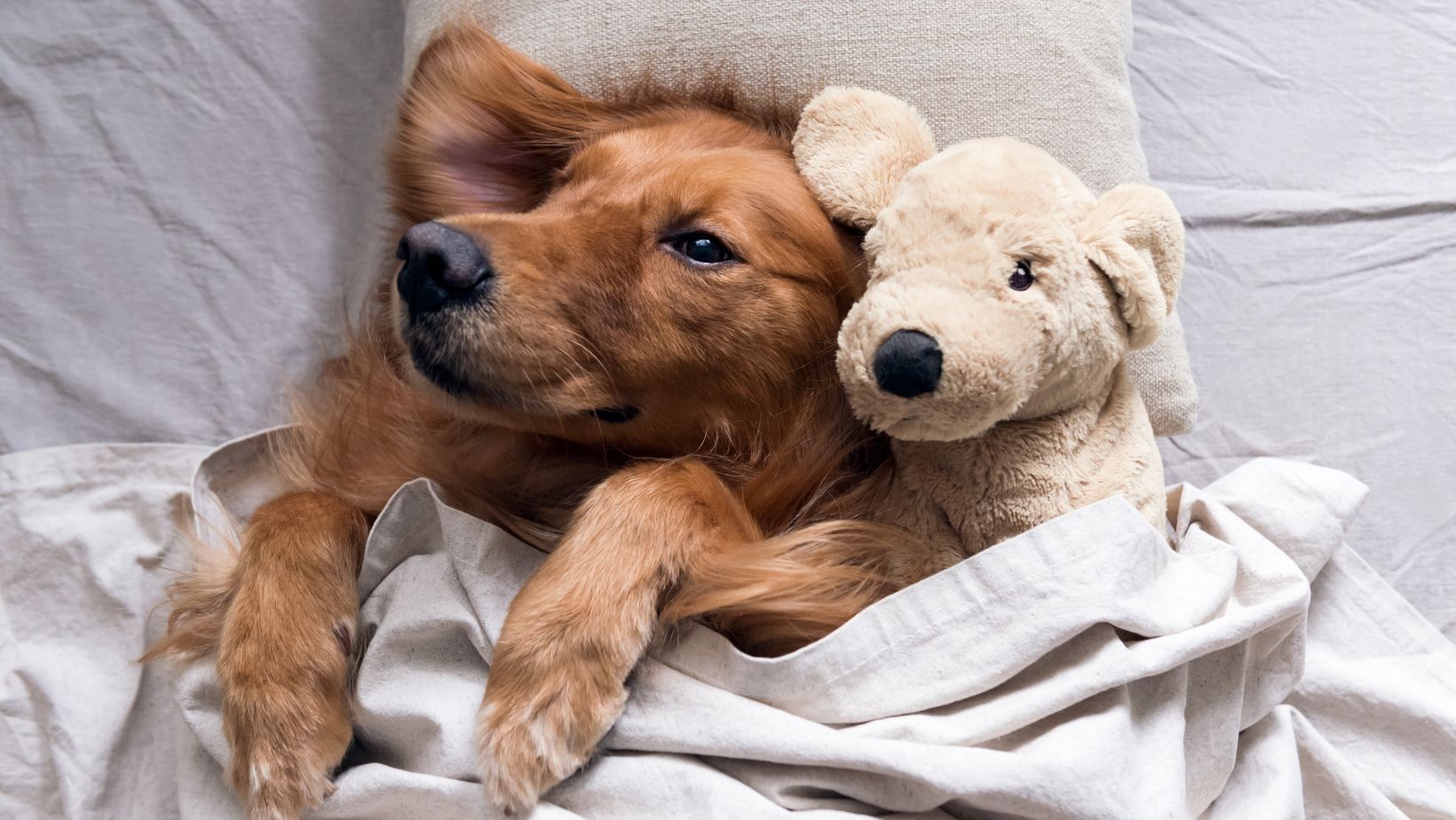How to Train your Dog Not to Bite
I’ve spent countless days learning how to train dogs not to bite and, let me tell you, it’s a task that can seem daunting at first glance. It’s especially important for large breeds like Labradors who have the potential to cause more harm unintentionally due to their size and strength. But don’t worry! I’m here with some practical tips on teaching your Labrador – or any dog breed for that matter – not to bite.
It all begins by understanding why dogs tend to bite in the first place. Dogs use their mouths much as we use our hands; they’re tools for exploring the world around them. Puppies, in particular, love using their mouths when they play or want attention from us humans. However, this innocent behavior can escalate into something more problematic if not properly managed from an early age.
In my years of experience with training dogs, I’ve learned that consistency is key. Your Labrador needs to understand that biting isn’t acceptable behavior under any circumstances. With consistent training and a lot of patience, you’ll be well on your way towards ensuring your pup grows up knowing exactly how he should behave around humans and other animals alike.
Understanding Why Dogs Bite
First off, I’d like to dispel a common myth. Not all dogs bite because they’re mean or poorly trained. In fact, it’s often an instinctual reaction triggered by specific circumstances. So when we’re talking about teaching your Labrador not to bite, we need to dig a bit deeper into why dogs tend to use their teeth in the first place.
One of the most common reasons dogs bite is fear. Imagine you’re walking down a dark alley and suddenly someone jumps out at you – wouldn’t your first reaction be to defend yourself? It’s the same for our furry friends. If they feel cornered or threatened, they might resort to biting as a defense mechanism.
Next up on our list is protection. Just like humans, dogs are protective of their loved ones and possessions. Your Labrador may bite if he feels his food, toys or even you are under threat! This behavior stems from their wild ancestors who had to guard their resources from other animals.
Now let’s talk about playfulness – yes, that can lead to biting too! Puppies especially love exploring the world with their mouths and will often nip during playtime with both humans and other pets. However, if not corrected early on this can develop into more serious biting behaviors as they grow older.
Finally, there’s medical issues that could make your dog more prone to biting. From dental problems causing discomfort in their mouth to neurological diseases altering their behavior – it’s always essential to rule out health conditions before proceeding with behavioral training.

Identifying Aggression in Your Labrador
First off, it’s crucial to understand that Labradors are not naturally aggressive dogs. However, like any breed, they can exhibit aggressive behavior under certain circumstances. Recognizing the signs of aggression is the first step towards training your labrador not to bite.
One common sign of aggression is growling or a curled lip. If your labrador starts growling when you get near its food bowl or toys, that’s a clear warning sign. It’s their way of saying “back off.” This behavior is often accompanied by other signals such as stiffened body posture and direct eye contact.
Another indicator could be sudden changes in behavior. For instance, if your typically playful pup suddenly becomes withdrawn or irritable, there might be an underlying issue causing this change. It could be physical discomfort due to illness or injury leading to aggression as a defense mechanism.
Now let’s talk about biting itself – which can range from light nipping to hard bites. Puppies often nip during playtime as part of exploring their world and learning how to interact with others. But if this behavior continues into adulthood without proper training and intervention, it could escalate into more forceful bites.
It’s equally important noting that Labradors may also display aggression due to fear or anxiety provoked by specific situations such as loud noises or unfamiliar people and environments.
Here’s a quick summary:
- Look for signs like growling, curled lips, stiffened body
- Watch out for sudden behavioral changes
- Monitor the intensity of biting – from nipping to hard bites
- Know that fear-based aggression may occur
Remember these points while trying to understand ‘how to train your dog not to bite’ and especially when teaching your Labrador not to bite.